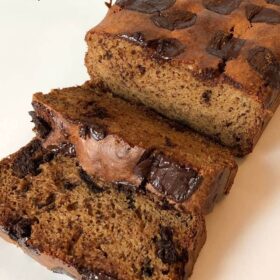If you’re wondering what the key differences are between a gluten-free vs grain-free diet, you’ve come to the right place. In this blog post, we will delve into the distinctions between these two diets. Whether you’re navigating dietary restrictions or simply curious to learn more, this guide aims to provide a clear understanding, helping you make informed choices tailored to your needs.
Gluten Free vs Grain Free
Gluten-free and grain-free diets have gained popularity in recent years. A gluten-free diet involves avoiding gluten, a protein found in wheat, barley, and rye, catering to those with celiac disease or gluten sensitivity. On the other hand, a grain-free diet extends beyond gluten, excluding all grains such as rice, oats, and corn. This approach is often adopted for various reasons, including perceived nutritional benefits or strategies.
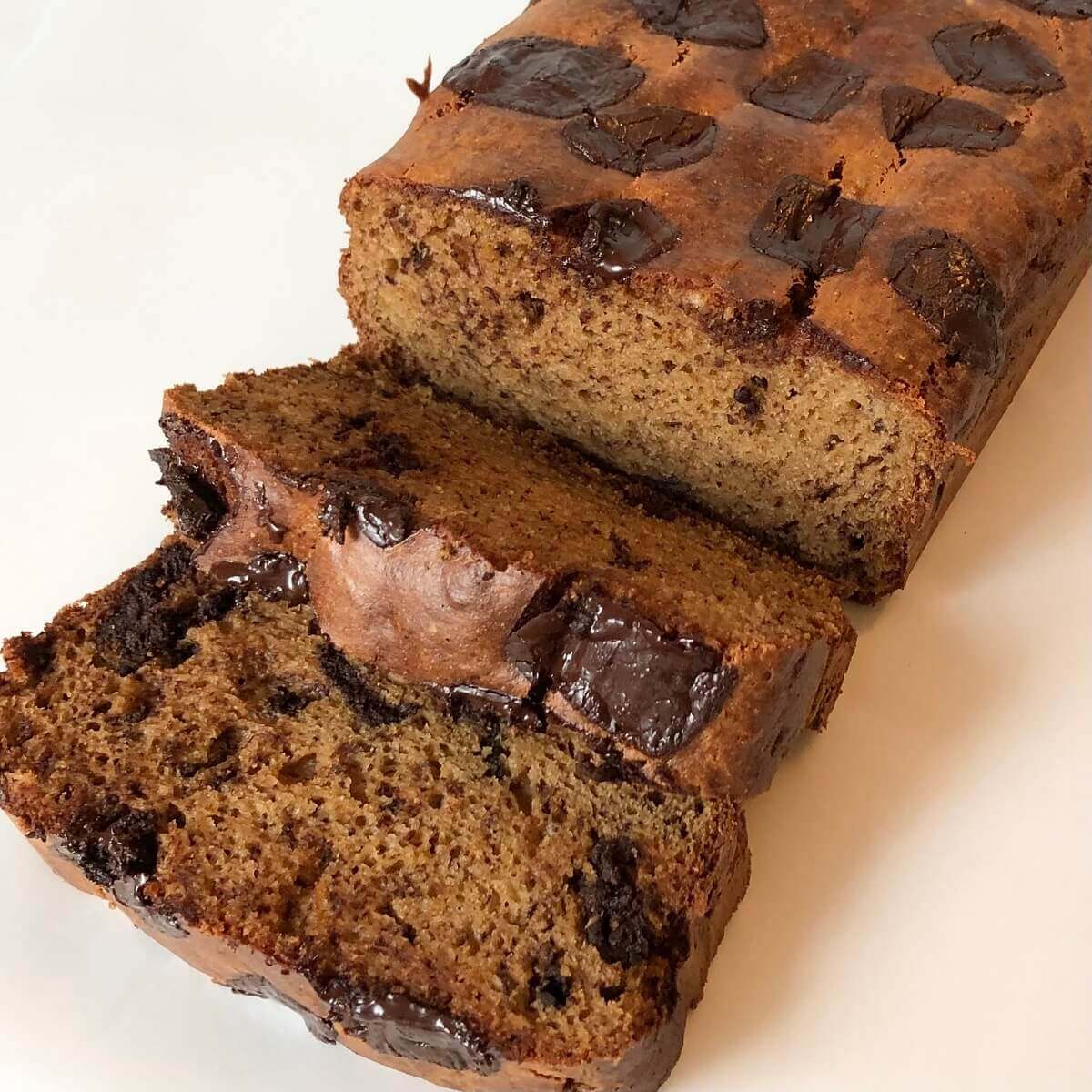
Understanding Gluten Free
A gluten-free diet is crucial for individuals with celiac disease, an autoimmune condition where the ingestion of gluten triggers an immune response, damaging the small intestine. Additionally, some people adopt a gluten-free lifestyle due to gluten sensitivity, experiencing various symptoms without having celiac disease.
To adhere to a gluten-free diet, individuals often turn to alternative grains and flours. Rice, quinoa, corn, and gluten-free oats are common staples, providing the necessary versatility for crafting meals without compromising dietary requirements.
Various gluten-free products, ranging from bread to pasta, have become widely available, making it more convenient for those navigating this dietary choice. While a gluten-free diet is essential for specific health conditions, it’s crucial to ensure a well-balanced nutritional intake, as avoiding gluten might inadvertently lead to nutrient deficiencies.
Exploring Grain Free
A grain-free diet goes a step further by excluding all grains, not just those containing gluten. This dietary choice often extends beyond addressing specific health conditions, appealing to individuals who seek alternative nutritional strategies or believe in the potential benefits of a grain-free lifestyle.
While gluten-free diets focus primarily on eliminating wheat, barley, and rye, a grain-free approach involves avoiding grains such as rice, oats, corn, and even pseudocereals like quinoa. People may opt for a grain-free diet for reasons ranging from digestive health to a desire for a lower-carbohydrate intake, and in some cases, to address autoimmune or inflammatory conditions.
In adapting to a grain-free lifestyle, individuals explore alternatives that still provide essential nutrients. Almond flour, coconut flour, and cassava flour are popular substitutes for traditional grains, offering a different texture and flavor profile to various dishes.
Embracing a grain-free diet often involves creative culinary solutions, such as cauliflower rice and zucchini noodles, providing alternatives to traditional grain-based staples. However, it’s essential to approach a grain-free diet with a focus on maintaining a well-balanced nutritional intake, as omitting entire food groups can pose challenges in meeting certain dietary requirements.
Nutritional Implications For a Gluten-Free Diet
Adopting a gluten-free diet can have both positive and challenging nutritional implications. On the positive side, individuals often consume a broader range of naturally gluten-free foods, including fruits, vegetables, lean proteins, and gluten-free grains like quinoa.
However, potential drawbacks may include a lower intake of certain nutrients found in fortified wheat products, such as B vitamins and iron. It’s crucial for those on a gluten-free diet to be mindful of nutrient balance, possibly seeking guidance from a healthcare professional or dietitian to ensure they meet their nutritional needs effectively.
Nutritional Considerations For a Grain-Free Diet
Embracing a grain-free diet presents nutritional implications that require careful consideration. On a positive note, individuals may experience benefits such as stabilized blood sugar levels and reduced carbohydrate intake. However, challenges may arise in meeting daily fiber requirements, as grains are a primary source of dietary fiber.
To address this, those following a grain-free diet should focus on incorporating alternative fiber sources like vegetables, fruits, and nuts, ensuring a well-rounded nutritional profile. Seeking guidance from a healthcare professional or nutritionist can be valuable in optimizing nutrient intake while adhering to a grain-free lifestyle.
Cooking and Baking Challenges with Gluten-Free Ingredients
Cooking and baking with gluten-free ingredients pose unique challenges due to the absence of gluten, a key structural component in traditional flours. Gluten provides elasticity and helps trap air, contributing to the rise and texture of baked goods. In gluten-free recipes, achieving a similar structure requires a blend of alternative flours and binding agents.
One challenge is the potential for a dry or crumbly texture in gluten-free baked goods. Combining gluten-free flours like rice flour, almond flour, and tapioca flour can help mimic the desired texture, but experimentation is often necessary to find the right balance.
Moreover, gluten-free flours may absorb moisture differently, affecting the consistency of the final product. Adjusting liquid ratios can help maintain moisture and enhance the texture of gluten-free recipes.
Challenges with Grain-Free Cooking and Baking
Adapting to a grain-free diet introduces distinct cooking and baking challenges as traditional grains like wheat, rice, and oats are excluded. One major hurdle is finding suitable replacements for grains in recipes.
Alternative flours such as almond flour, coconut flour, or cassava flour are commonly used, but they possess different textures and absorb liquids differently, requiring adjustments to achieve the desired consistency.
Grain-free baking can also face challenges related to leavening. Without traditional grains, which contribute to the structure and rise of baked goods, individuals may need to experiment with leavening agents such as baking soda to achieve the desired texture.
Maintaining moisture is another consideration, as some grain-free flours tend to absorb more liquid. Including ingredients like applesauce or mashed bananas can help retain moisture in baked goods. Additionally, the absence of grains may impact the overall flavor profile, necessitating creativity with herbs, spices, and alternative sweeteners.
Gluten-Free Recipes to Try
1. Gluten-Free Buckwheat Muffins
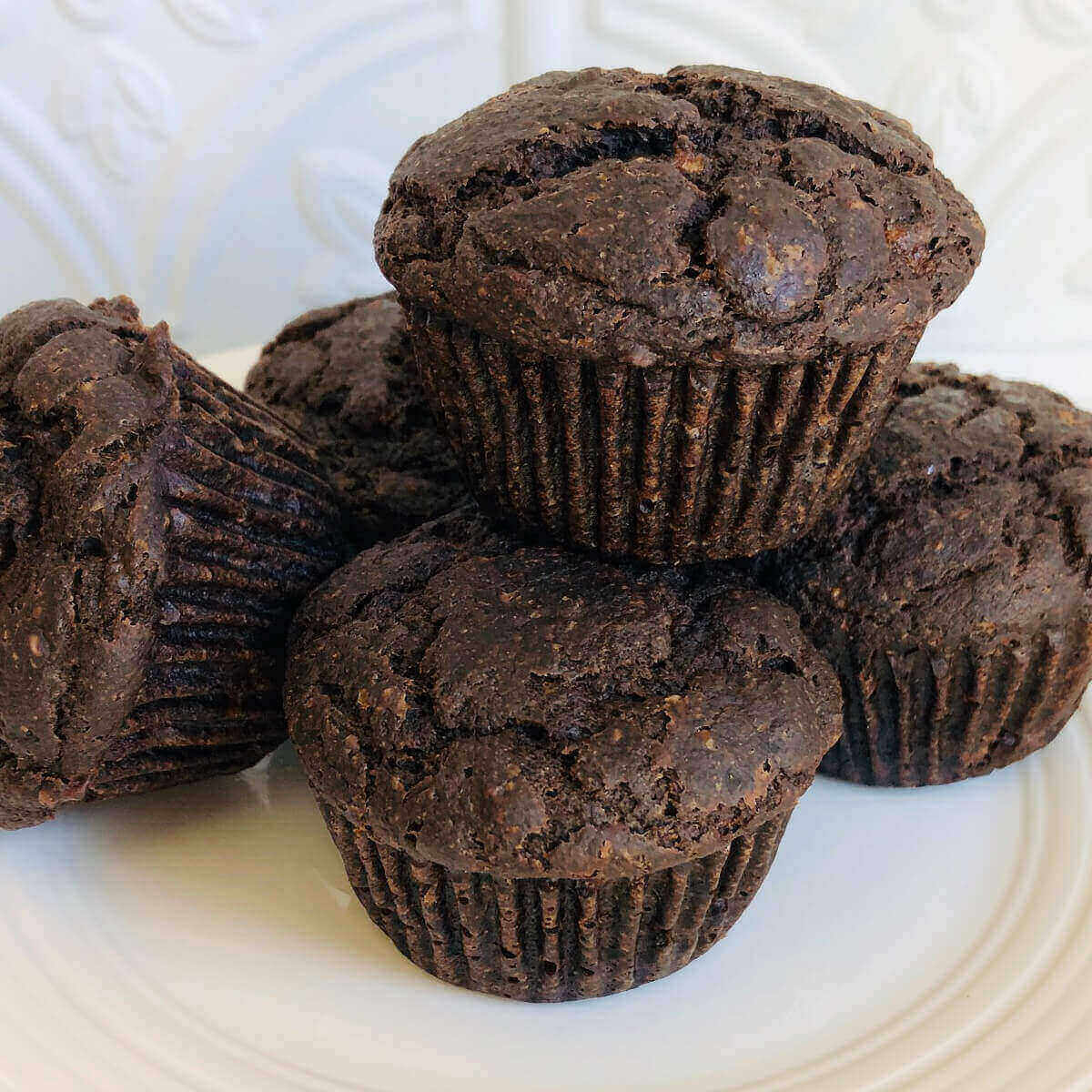
These banana chocolate buckwheat muffins are nutritious, filling, and tasty. Gluten-Free Buckwheat Muffins Recipe
2. Gluten-Free Oat Flour Pancakes
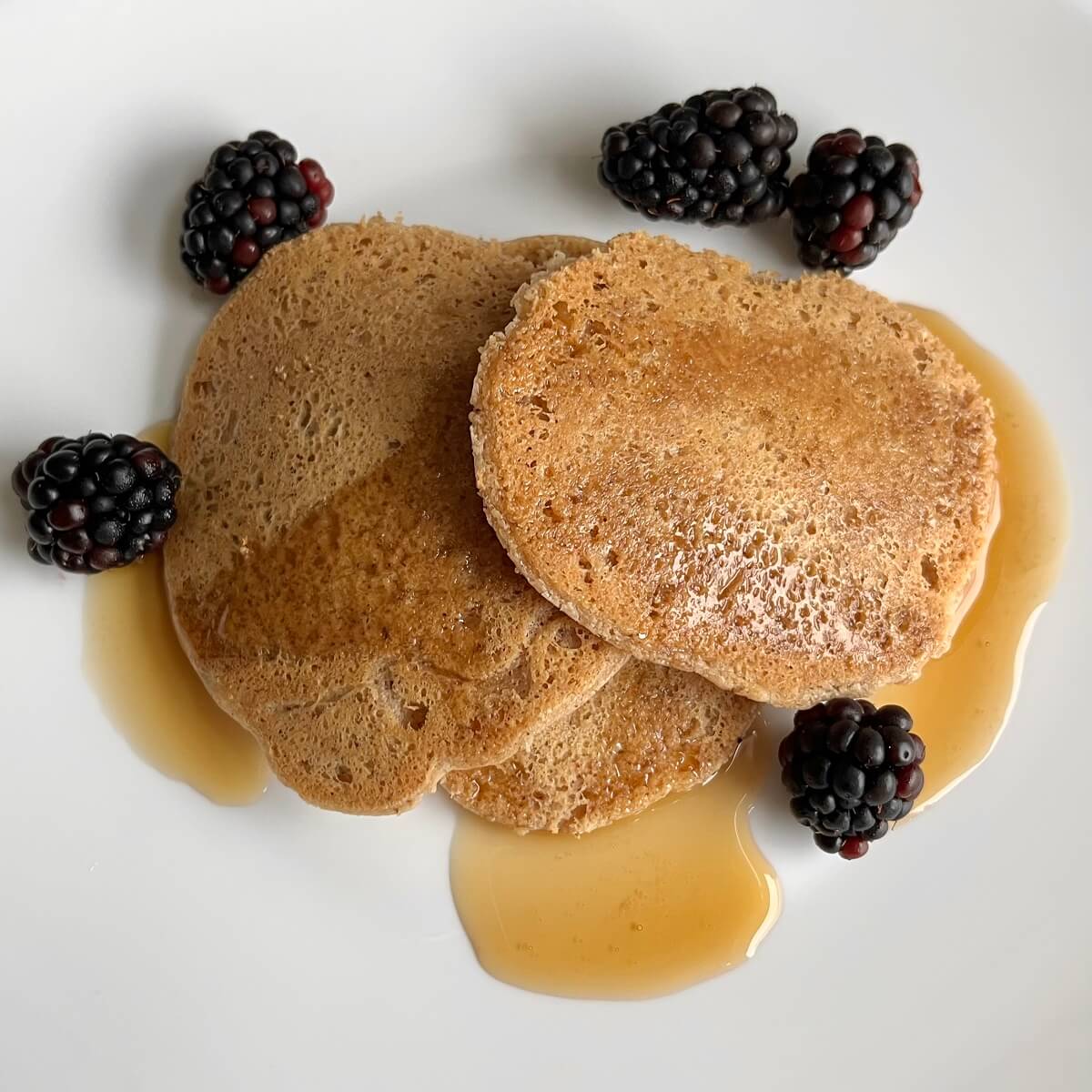
These oat flour pancakes are quick and easy to make. Serve them with fresh berries and a drizzle of maple syrup. Gluten-Free Oat Flour Pancakes Recipe
3. Amaranth Cookies
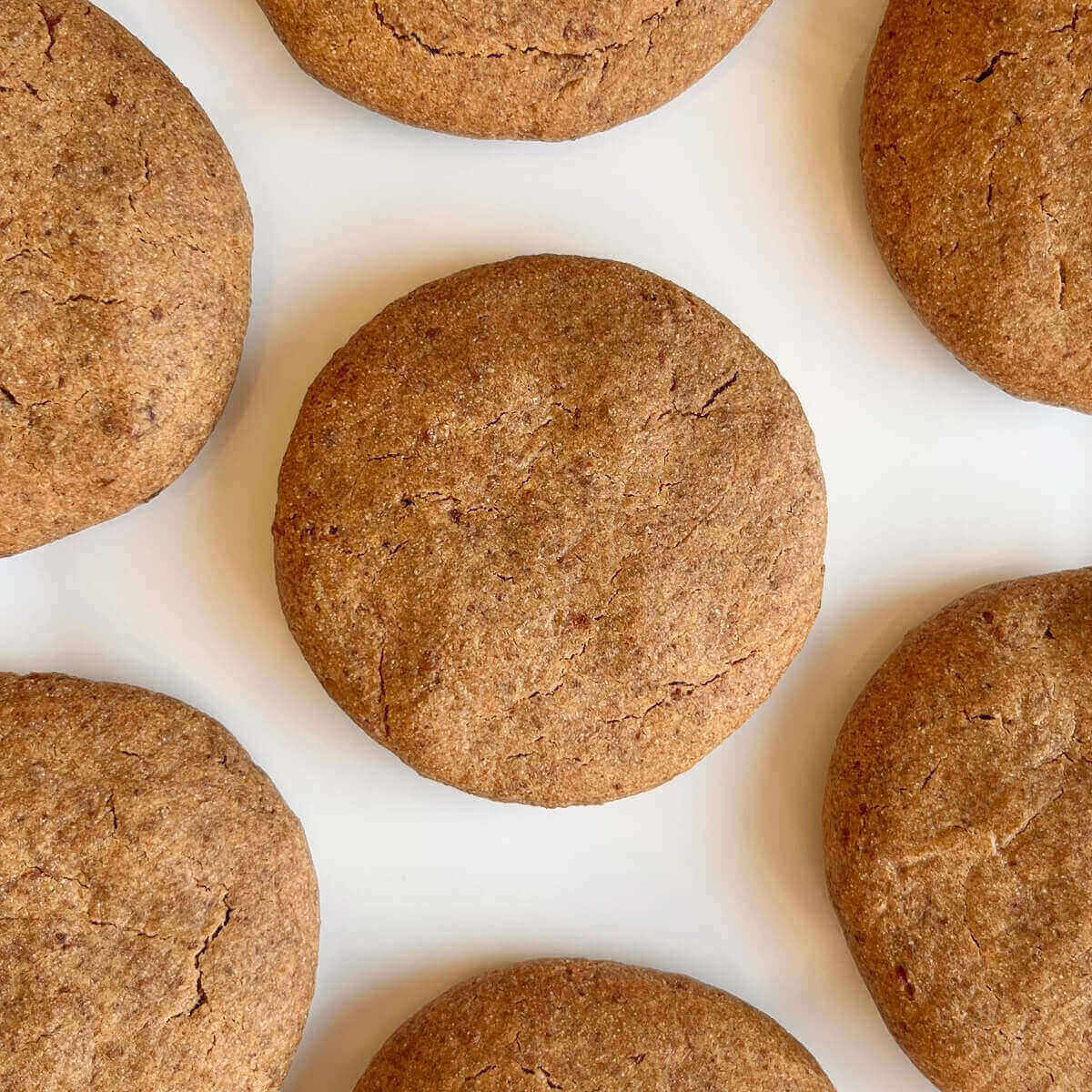
These Amaranth cookies are soft, chewy, and delicious. They’re loaded with fiber and nutrients. Amaranth Cookies Recipe
Grain-Free Recipes to Try
1. Chickpea Flour Muffins
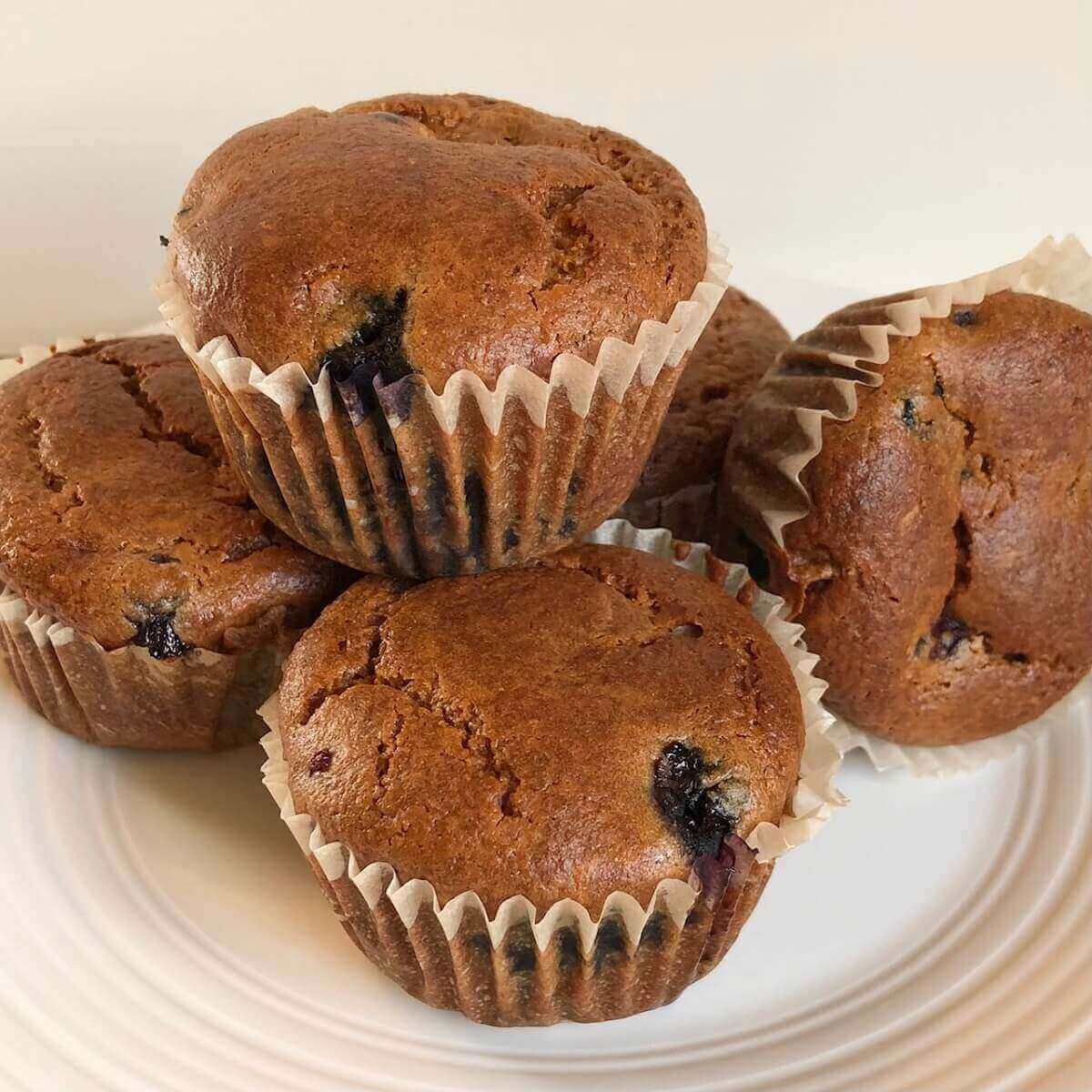
These grain-free chickpea flour muffins are perfect for a make-ahead breakfast. They’re nutritious and easy to prepare. Chickpea Flour Muffins Recipe
2. Grain-Free Coconut Flour Banana Bread
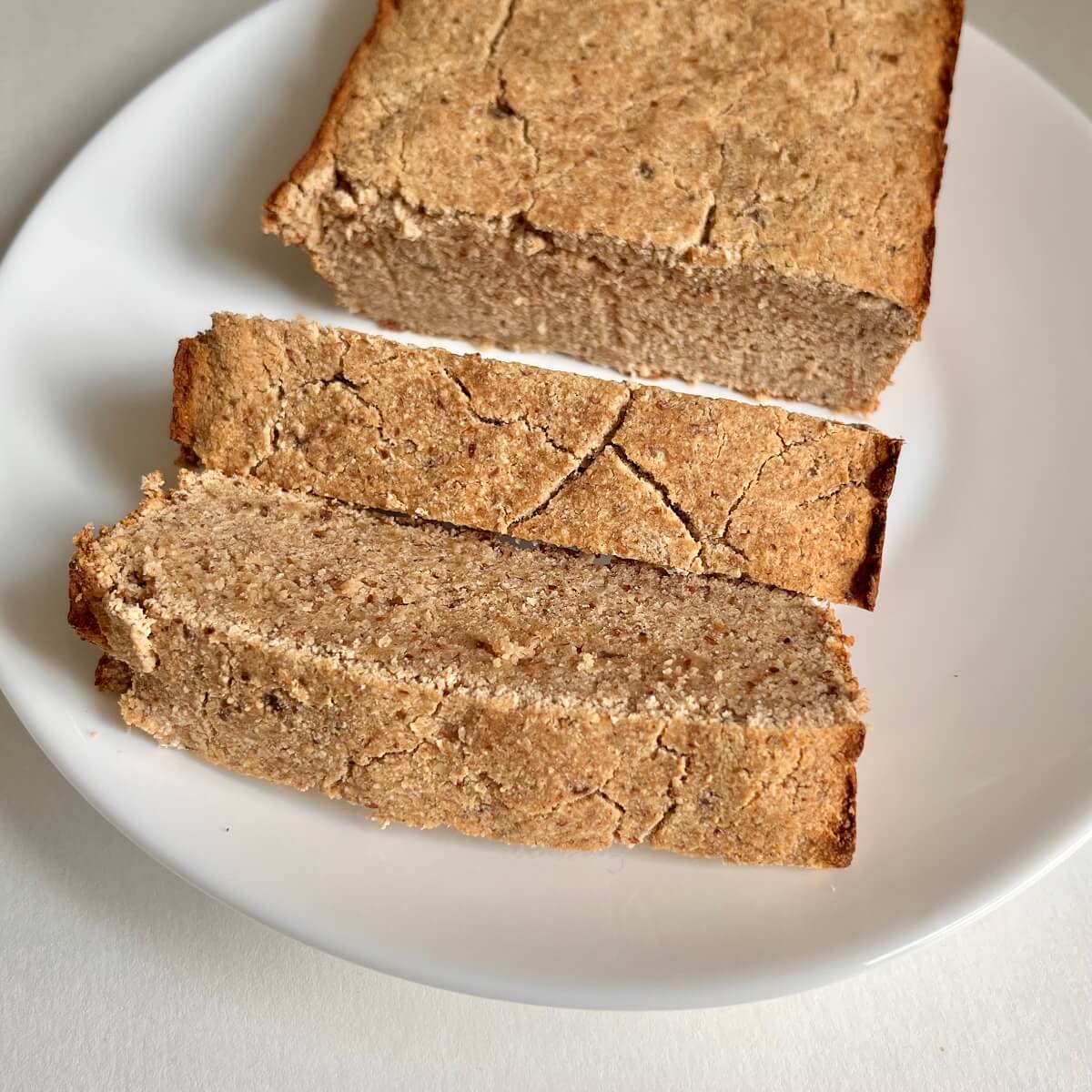
This banana bread is subtly, sweet, moist, and delicious. It’s grain free and refined sugar-free. Grain-Free Coconut Flour Banana Bread Recipe
3. Grain-Free Coconut Flour Donuts
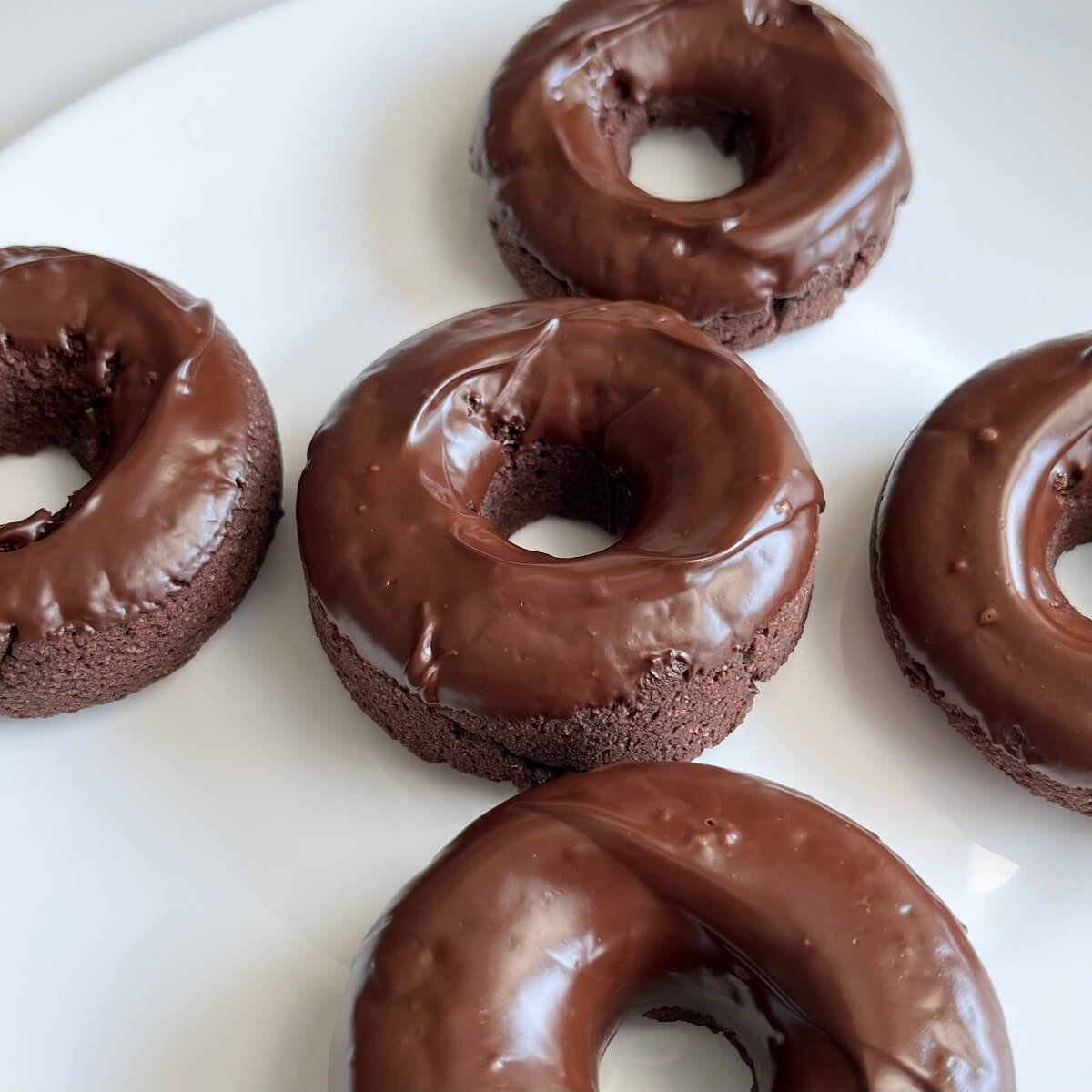
These coconut flour donuts are baked in the oven using a donut pan. They’re a delicious grain-free dessert. Grain-Free Coconut Flour Donuts Recipe
Social Aspects and Challenges of Gluten-Free Living
Adopting a gluten-free diet can present social challenges that extend beyond personal dietary preferences. Social situations, such as gatherings or shared meals, may pose difficulties as gluten is prevalent in many common foods. Communicating dietary needs to others becomes crucial, as awareness of gluten intolerance or celiac disease may vary.
The challenge of dining out is notable, as restaurants may not always have a clear understanding of gluten-free requirements, potentially leading to cross-contamination issues. This can necessitate thorough communication with servers and chefs to ensure a safe dining experience.
Moreover, social events centered around food may require individuals on a gluten-free diet to plan ahead or bring their own meals. This can impact the spontaneity of participating in certain activities and create a need for increased awareness and accommodation from friends and family.
Availability of Gluten-Free and Grain-Free Products
The availability of gluten-free and grain-free products has significantly expanded in recent years, reflecting the growing demand for these dietary choices. Many grocery stores now dedicate sections to gluten-free items, offering a wide range of products, from bread and pasta to snacks and baking ingredients. Additionally, specialty health food stores and online retailers provide an extensive selection of gluten-free alternatives.
Similarly, grain-free products have gained prominence, with an increasing number of options becoming accessible. Almond flour, coconut flour, and grain-free snack alternatives are now commonly found in mainstream grocery stores. Health-conscious brands are responding to the demand for grain-free options, offering alternatives like cauliflower rice, cassava chips, and grain-free granola.
While availability has improved, especially in urban areas, individuals in more remote locations might still face challenges in finding a diverse range of gluten-free and grain-free products. However, the overall trend indicates a positive shift towards increased accessibility and variety for those following these dietary preferences.
Tips For Maintaining These Diets in Different Scenarios
1. Communication is Key
Clearly communicate your dietary needs to friends, family, and hosts when attending social events or gatherings. This ensures that others are aware of your restrictions and can accommodate accordingly.
2. Plan Ahead When Dining Out
Before going to a restaurant, check the menu online or call ahead to inquire about gluten-free or grain-free options. Discuss your dietary requirements with the staff to avoid misunderstandings.
3. BYO (Bring Your Own)
In situations where food options might be limited, consider bringing your own gluten-free or grain-free snacks or dishes. This ensures you have safe and suitable choices, especially in less accommodating settings.
4. Educate Yourself
Stay informed about ingredients and hidden sources of gluten or grains. Reading food labels diligently helps you make informed choices while grocery shopping and ensures you avoid accidental consumption.
5. Cook and Bake at Home
Take control of your meals by preparing homemade dishes. This allows you to choose gluten-free or grain-free ingredients, experiment with recipes, and tailor your meals to meet your dietary requirements.
6. Explore Alternative Flours
Experiment with gluten-free and grain-free flours in your cooking and baking. Almond flour, coconut flour, and cassava flour can be versatile substitutes, providing different textures and flavors in various dishes.
7. Join Supportive Communities
Connect with online or local communities that share similar dietary preferences. These communities often provide valuable tips, recipes, and a sense of understanding and support.
8. Stay Informed About Hidden Ingredients
Learn about ingredients that may contain gluten or grains, even if they’re not obvious. This includes sauces, dressings, and processed foods, where hidden sources might be present.
9. Be Open to Adaptation
Embrace flexibility and creativity in your meals. Being open to trying new recipes and adapting traditional ones can make the process of maintaining these diets more enjoyable and sustainable.
Choosing Between Gluten-Free and Grain-Free Diets
Ultimately, the choice between a gluten-free vs grain-free diet depends on individual needs, preferences, and lifestyle considerations. It’s essential to approach these dietary decisions with a well-informed perspective, and ensuring a balanced nutritional intake tailored to individual requirements. As the understanding of dietary preferences evolves, so does the support and accessibility for those choosing gluten-free or grain-free lifestyles.
You Might Also Like
- This blog post about baking with coconut oil is helpful if you’re looking for butter alternatives to use in your homemade baked goods.
